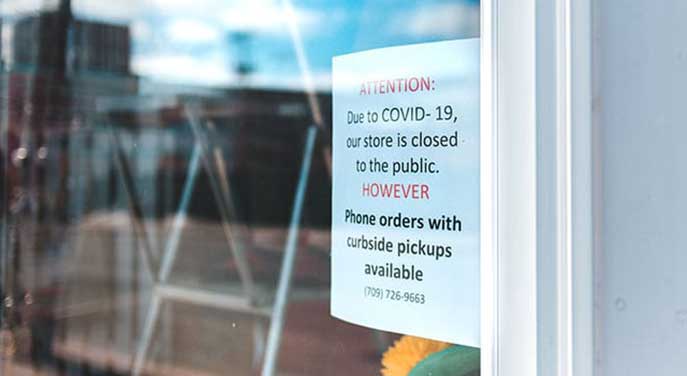 As Ontario Premier Doug Ford continues to drive the province speeding toward the edge of a gigantic debt cliff, New Brunswick Premier Blaine Higgs is showing taxpayers that governments can tap the brakes on spending while still dealing with a pandemic.
As Ontario Premier Doug Ford continues to drive the province speeding toward the edge of a gigantic debt cliff, New Brunswick Premier Blaine Higgs is showing taxpayers that governments can tap the brakes on spending while still dealing with a pandemic.
The contrast between the two premiers is stark.
As Ford adds tens of billions of dollars to Ontario’s debt, Higgs has managed to navigate the pandemic while keeping New Brunswick in the black.
Ford doesn’t even have a plan to balance the budget. Higgs doesn’t need one because he’s already arrived at that destination.
Higgs’ pandemic management offers lessons for spend-happy premiers like Ford.
While both Ford and Higgs have confronted the pandemic with increased spending on health care, Higgs chose to draw a line in the sand to maintain the health of his province’s fiscal engine.
 Higgs chose to limit increases in non-health-related expenses to keep his province’s finances in decent shape.
Higgs chose to limit increases in non-health-related expenses to keep his province’s finances in decent shape.
By contrast, Ford abandoned any pretense of sound fiscal management, instead electing to worsen Ontario’s 15-year-long spending bonanza.
The numbers tell the story. The Ford and Higgs governments took almost an identical approach to health care but diverged significantly on non-health care-related spending.
Over the first two years of the pandemic, both Ontario and New Brunswick increased health care spending by an average of 4.8 per cent per year.
But in non-health care-related spending, the Higgs government made a major effort to live within its means, while the Ford government went on a spending binge.
Over the first two years of the pandemic, Higgs restricted non-health care spending increases to an average of 3.1 per cent per year, slightly above the level of inflation. Ford, on the other hand, increased non-health care spending by a staggering average rate of 7.2 per cent per year.
While it is true that Ford inherited a difficult fiscal situation from his predecessor, no one can blame former premier Kathleen Wynne for Ford’s dramatic spending hikes over the past two years.
In fact, the deficit this year will be nearly three times larger than the deficit Ford inherited from Wynne.
Finance Minister Peter Bethlenfalvy expects this year’s deficit in Ontario to hit $21.5 billion. That’s the second largest in the province’s history.
No two provinces have experienced the pandemic the same way, and it is certainly true that Ontario has faced challenges that differ from New Brunswick. But the stark differences in the approach taken by the Higgs and Ford governments in dealing with the pandemic couldn’t be more apparent.
New Brunswick has focused on health care, while Ontario has increased spending dramatically across the board.
If the Ford government had held non-health care spending increases to 3.1 per cent per year, the same as New Brunswick, Ontario would be looking at a deficit $9 billion lower than currently forecast.
That’s a serious amount of money. For the same price, the province could have built seven new state-of-the-art hospitals.
New Brunswick’s example demonstrates that provincial governments can effectively respond to the challenges of the pandemic by focussing spending on health care while still maintaining prudence elsewhere.
As Ford and Bethlenfalvy begin to prepare Ontario’s next budget, they must look to their colleagues in New Brunswick as a clear example of how to respond to a pandemic without driving the province’s finances off a cliff.
It’s time for Ford to find the brake pedal.
Jay Goldberg is the Ontario Director for the Canadian Taxpayers Federation.
Jay is a Troy Media Thought Leader. For interview requests, click here.
The opinions expressed by our columnists and contributors are theirs alone and do not inherently or expressly reflect the views of our publication.
© Troy Media
Troy Media is an editorial content provider to media outlets and its own hosted community news outlets across Canada.


